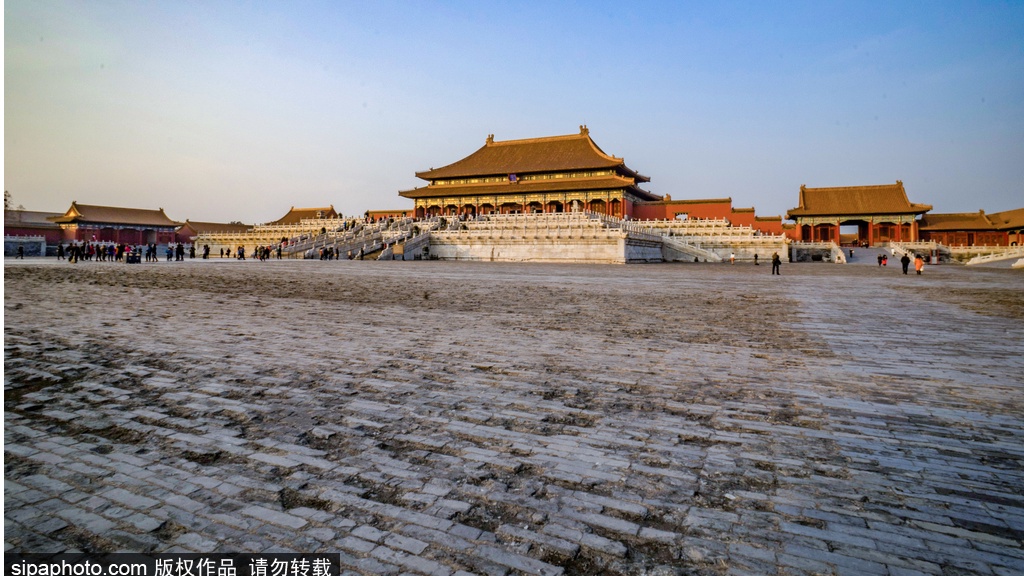
The Commercial Press in HK recently published a 10-volume English encyclopedia of some of the finest items housed in Beijing's Palace Museum. Tang Hoi-chiu shares his experience of translating the text from the original Chinese.
In the fourth year of the Yongle period (1402-1424), Emperor Chengzu of the Ming Dynasty (1368-1644) ordered the building of a new palace in Beijing (then known as Beiping). The project took 14 years to complete and was named the Forbidden City. The Chinese capital was moved there from Nanjing subsequently.
In 1644 the Manchus conquered China. The Qing Dynasty (1644-1912) replaced Ming rule. However, the Forbidden City was retained as the royal palace. It remained the center of the Chinese empire and administration until its downfall brought about by the Xinhai Revolution in 1911. Pu Yi, the last Emperor of China, lived in the Forbidden City until he was expelled in 1924. In 1925, the Forbidden City became home to the Palace Museum.
As the capital of the Imperial power, the Forbidden City had been turned into a repository of the finest Chinese art and artifacts, particularly since the Ming Dynasty. These became part of the Palace Museum collection. In recognition of its unique architectural features, historical significance and the rich collection of royal memorabilia and treasures of Chinese art in its vaults, the Forbidden City was declared a World Heritage site by the UNESCO in 1987.
Currently the Palace Museum has around 1.8 million collection items, including pieces of art and artifacts picked from different provinces in China and also received through donations. These include fine specimens of modern and contemporary Chinese art. Select items from the collection are often exhibited in the museum premises and loaned to museums elsewhere in China and overseas.
Hong Kong's The Commercial Press published a detailed illustrated catalogue of the Palace Museum holdings - The Complete Collections of Treasures of the Palace Museum in 60 volumes. The project took 14 years to complete and have drawn praise from Sinologists, museum curators, art experts, connoisseurs and general readers. To make this material accessible to readers and researchers outside of China, The Commercial Press compiled an account of 3,000 collection highlights in English in 10 volumes - The Palace Museum's Essential Collections. The series was published this year, after putting in over a year of intensive work by all concerned.
Each of these fully illustrated and attractively mounted books is themed - dedicated to textiles and embroideries, antique furniture, calligraphy, jade wares and so on. Each item comes with academic entries and articles written by the Palace Museum's curators and researchers. Several experienced translators, scholars and experts from Hong Kong came together to facilitate the translation from Chinese into English, which required a knowledge of traditional Chinese art, research, a command of both Chinese and English languages and translation skills.



